During the month preceding D-Day I think about 3 of our missions over coastal defenses were aborted because of fog, bad visibility and bad weather, sometimes lasting as long as five or six days. Although the weather caused a few cancellations, we (450th BS, 322nd BG) flew another twelve missions in May. This was all part of the pre-invasion offensive. Most of the targets were railroad yards, fuel dumps, and essential transportation routes and bridges near cities along the coast of France or industrial targets in German Occupied France and Belgium
Our missions were not much over four hours long because even though we carried about the same bomb load as the 4 engine B-17’s we only had about four and a half or five hours of fuel. Sometimes we carried 2 one-ton bombs and sometimes we carried forty 100-pound bombs. We were flying medium range and very accurate at hitting our targets. In May our accuracy was 90% on target. The RAF, which shared our base at Andrews Air Field, now had Mustang P-51 fighters and were again escorting us on some missions.
P-51 Fighters
About the middle of May there was a full-scale practice for the coming Invasion. It involved paratroopers, gliders, medical evacs and all 450 bombers (about 16-18 groups) targeting bridges, railroads, German landing fields and fuel dumps, known sites of V-weapons, ports, and coastal enclaves. Many of the total 9th AF missions had to be aborted because of heavy clouds and poor visibility throughout the month.
It was also during May that we finally flew our first Night Flight. If you remember, I was made Captain of our crew a few months earlier because our then Captain refused to fly at night. Then, the Command had second thoughts on the safety of flying at night. This was the first time we’d ever been assigned a night flight. In fact, we were part of the first night bomber mission ever flown in Europe by the US AAF. During the day we flew in box formation but at night each plane flew by instrument on a specific course and at different elevations – 500 feet apart. We took off every 30 seconds and went straight to our assigned altitudes. We weren’t in formation but you still couldn’t vary from your orders or you would risk colliding with another plane. It was surprising how black the night was. All of Europe was in “blackout” so there were no lights from the cities. The heavy cloud cover prevented star or moonlight. Although I think we were all more comfortable flying in the daytime, it was a successful mission and we hit our target.





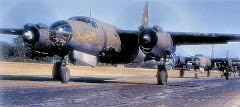

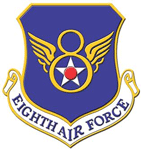
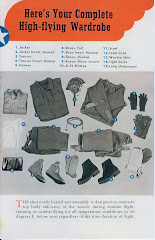
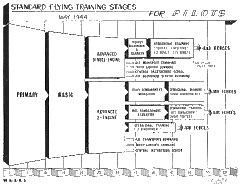
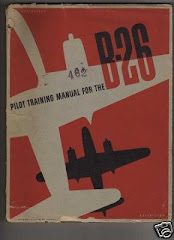
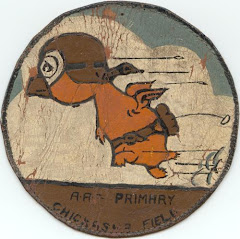

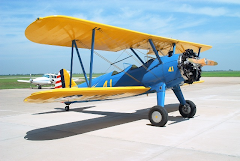



No comments:
Post a Comment